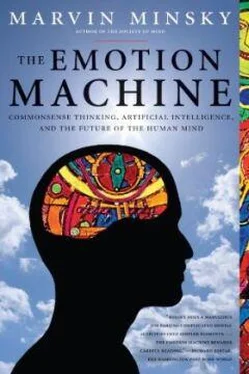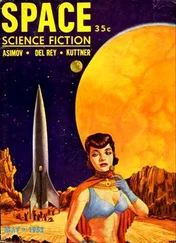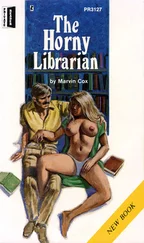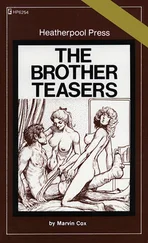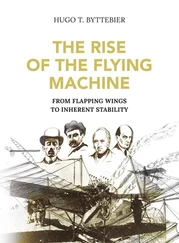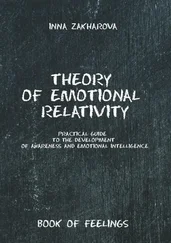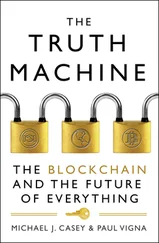When a person you know has fallen in love, it's almost as though someone new has emerged—a person who thinks in other ways, with altered goals and priorities. It's almost as though a switch had been thrown and a different program has started to run.
What could happen inside a brain to make such changes in how it thinks? Here is the approach this book will take:
Each of our major “emotional states” results from turning certain resources on while turning certain others off—and thus changing some ways that our brains behave.
But what activates such sets of resources? Our later chapters will argue that our brains must also be equipped with resources that we’ll call Critics— each of which is specialized to recognize some certain condition—and then to activate a specific collection of other resources. Some of our Critics are built in from birth, to provide us with certain “instinctive” reactions—such as anger, hunger, fear and thirst—which evolved to help our ancestors survive. Thus, Anger and Fear evolved for defense and protection, while Hunger and Thirst evolved for nutrition.

However, as we learn and grow, we also develop ways to activate other, new sets of resources to use—and this leads to types of mental states that we regard as more “intellectual” than “emotional.” For example, whenever a problem seems hard to you, then your mind will start to switch among different Ways to Think—by selecting different sets of resources that can help you to divide the problem into smaller parts, or find suggestive analogies, or retrieve solutions from memories—or even ask some other person for help. In other words:
Each of our major Ways to Think results from turning certain resources on while turning certain others off—and thus changing some ways that our brains behave.
The rest of this book will argue that this could be what provides our species with our uniquely human resourcefulness. For example, our first few chapters will try to show how this could explain such states of mind as Love, Attachment, Grief, and Depression in terms of how they exploit our resources. Then the later chapters will do the same for more “intellectual” sorts of thought.
Citizen: It seems strange that you’ve given the same description both for emotions and for regular thinking. But thinking is basically rational—dry, detached, and logical —whereas emotions enliven our ways to think by adding irrational feelings and biases.
There is a traditional view in which emotions add extra features to plain, simple thoughts, much as artists use colors to augment the effects of black-and-white drawings. However, this book will argue, instead, that many of our emotional states result when certain particular Ways to Think start to suppress our use of certain resources! For example, Chapter 1 will portray “infatuation” as a condition in which we suppress some resources that we might otherwise use to recognize faults in somebody else. Besides, I think it’s a myth that there’s any such thing as purely logical, rational thinking—because our minds are always affected by our assumptions, values, and purposes.
Citizen: I still think your view of emotions ignores too much. For example, emotional states like fear and disgust involve the body as well as the brain, as when we feel discomfort in the chest or gut, or palpitations of the heart, or when we feel faint or tremble or sweat.
I agree that this view may seem too extreme—but sometimes, to explore new ideas, we need to set our old ones aside, at least temporarily. For example, in the most popular view, emotions are deeply involved with our bodies’ conditions. However, Chapter 7 will take the opposite view, by regarding our body parts as resources that our brains can use to change (or maintain) their mental states! For example, you sometimes can make yourself persist at a plan by maintaining a certain facial expression.
So, although this book is called “The Emotion Machine,” it will argue that emotional states are not especially different from the processes that we call “thinking”; instead, emotions are certain ways to think that we use to increase our resourcefulness—that is, when our passions don’t grow till they handicap us—and this variety of ways to think must be such a substantial part of what we call “intelligence” that perhaps we should call it “resourcefulness.” And this applies not only to emotional states but also to all of our mental activities:
If you “understand' something in only one way, then you scarcely understand it at all—because when you get stuck, you'll have nowhere to go. But if you represent something in several ways, then when you get frustrated enough, you can switch among different points of view, until you find one that works for you!
Accordingly, when we design machines to mimic our minds—that is, to create Artificial Intelligences—we’ll need to make sure that those machines, too, are equipped with sufficient diversity:
If a program works in only one way, then it gets stuck when that method fails. But a program that has several ways to proceed could then switch to some other approach, or search for a suitable substitute.
This idea is a central theme of this book—and it is firmly opposed to the popular view that each person has a central core—some sort of invisible spirit or self—from which all their mental abilities originate. For, that seems a demeaning idea—that all our virtues are secondhand—or that we deserve no credit for our accomplishments, because they come to us as gifts from some other source. Instead, I see our dignity as stemming from what we each have made of ourselves: a colossal collection of different ways to deal with different situations and predicaments. It is that diversity that distinguishes us from most of the other animals—and from all the machines that we’ve built in the past—and every chapter of this book will discuss some of the sources of our uniquely human resourcefulness.
Chapter 1. We are born with many mental resources.
Chapter 2. We learn more from interacting with others.
Chapter 3. Emotions are different Ways to Think.
Chapter 4. We learn to think about our recent thoughts.
Chapter 5. We learn to think on multiple levels.
Chapter 6. We accumulate huge stores of commonsense knowledge.
Chapter 7. We switch among different Ways to Think.
Chapter 8. We find multiple ways to represent things.
Chapter 9. We build multiple models of ourselves.
For centuries, psychologists searched for ways to explain our everyday mental processes—yet many thinkers still today regard the nature of mind as a mystery. Indeed, it still is widely believed that minds are made of ingredients that can only exist in living things, that no machine could feel or think, worry about what might happen to it, or even be conscious that it exists —or could ever develop the kinds of ideas that could lead to great paintings or symphonies.
This book will pursue all those goals at once: to suggest how human brains might work and to design machines that can feel and think. Then we can try to apply those ideas both to understand ourselves and to develop Artificial Intelligence.
How this Book handles Quotes and Citations
Each statement in quotation marks is something said by an actual person; if it also has a publication date, the source will be in the bibliography.
Marcel Proust 1927: “Each reader reads only what is already inside himself. A book is only a sort of optical instrument which the writer offers to let the reader discover in himself what he would not have found without the aid of the book."
Читать дальше
